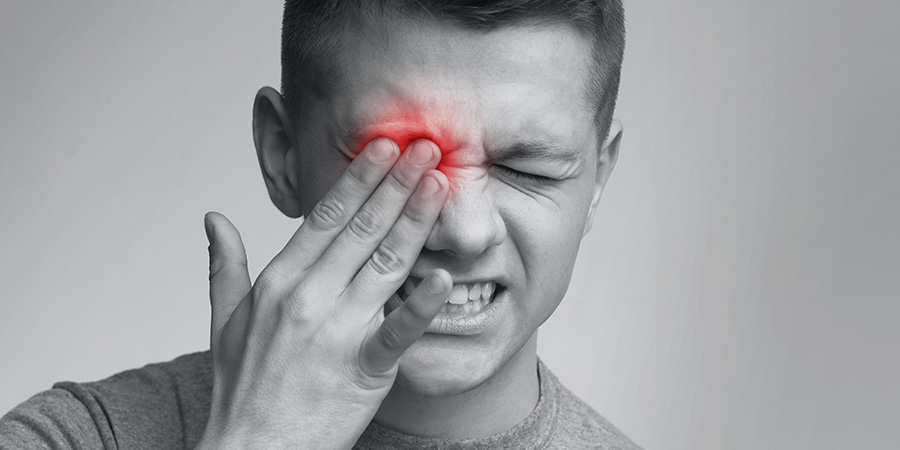Situation:
· Corneal abrasions, although infrequent (0.03-0.17 percent of cases), continue to occur
· Distressing to patients and the most common ocular injury in the perioperative period
· Mechanically ventilated ICU patients are also at risk, with an incidence as high as 60 percent
Background:
· Due to disruption in corneal epithelium
· Contributing mechanisms include:
o Lagophthalmos
o Loss of Bell’s phenomenon and blink reflex
o Natural pain responses blunted with analgesia and anesthesia
o Decrease in tear production
o Desiccation from oxygen
o Foreign matter in eye
o Trauma from face masks, dangling id badges, linens, patient rubbing eyes, inadvertent pressure, chemicals (prep solution), etc.
o Prone position
o Prolonged surgery
o Inadequate eye protection
Assessment:
· Common signs and symptoms include unilateral eye pain, scleral injection/erythema, photophobia, sensation of foreign body, discomfort aggravated by blinking
· If minor, prognosis is usually excellent
· Larger abrasions can lead to visual disturbances, corneal scarring, blindness
Recommendations:
· Prevention!
o Review of patient eye problems prior to surgery
o Removal of contact lenses and eye makeup pre-operatively
o Eyes closed and securely taped immediately after induction of anesthesia
§ Tape horizontally
§ Occlusive, transparent dressings (such as Tegaderm) are a good option for long procedures
§ Ophthalmic lubricant use remains controversial
o Check eyes frequently to make sure they are staying taped and closed
o Remove eye tape carefully; adhesive can abrade the eyelid
o Place pulse oximeter probe on ring or little finger of the non-dominant hand to decrease inadvertent eye contact should patient rub eyes on emergence
o Awareness and protection of eyes during MAC cases and with any oxygen use, including ICU patients
o “Don’t rub your eyes” patient reminders following emergence from anesthesia
· Occurrence –> prompt treatment that may include Ophthalmology consult/referral
o Utilize “Corneal Abrasion Management Protocol” – posted in PACUs
o Utilize “Corneal Abrasion Order Set”
References:
1. Palte, HD. Revisiting Perioperative Corneal Abrasion. ASA Monitor 2018; 82:22–25
2. Corneal abrasion perioperative. In: UpToDate, Post TW, ed. UpToDate. UpToDate;2022
3. Papp AM, Justin GA, Vernau CT, Aden JK, Fitzgerald BM, Kraus GP, Legault GL. Perioperative Corneal Abrasions After Nonocular Surgery: A Systematic Review. Cornea. 2019 Jul;38(7):927-932. doi: 10.1097/ICO.0000000000001972. PMID: 31033698.
